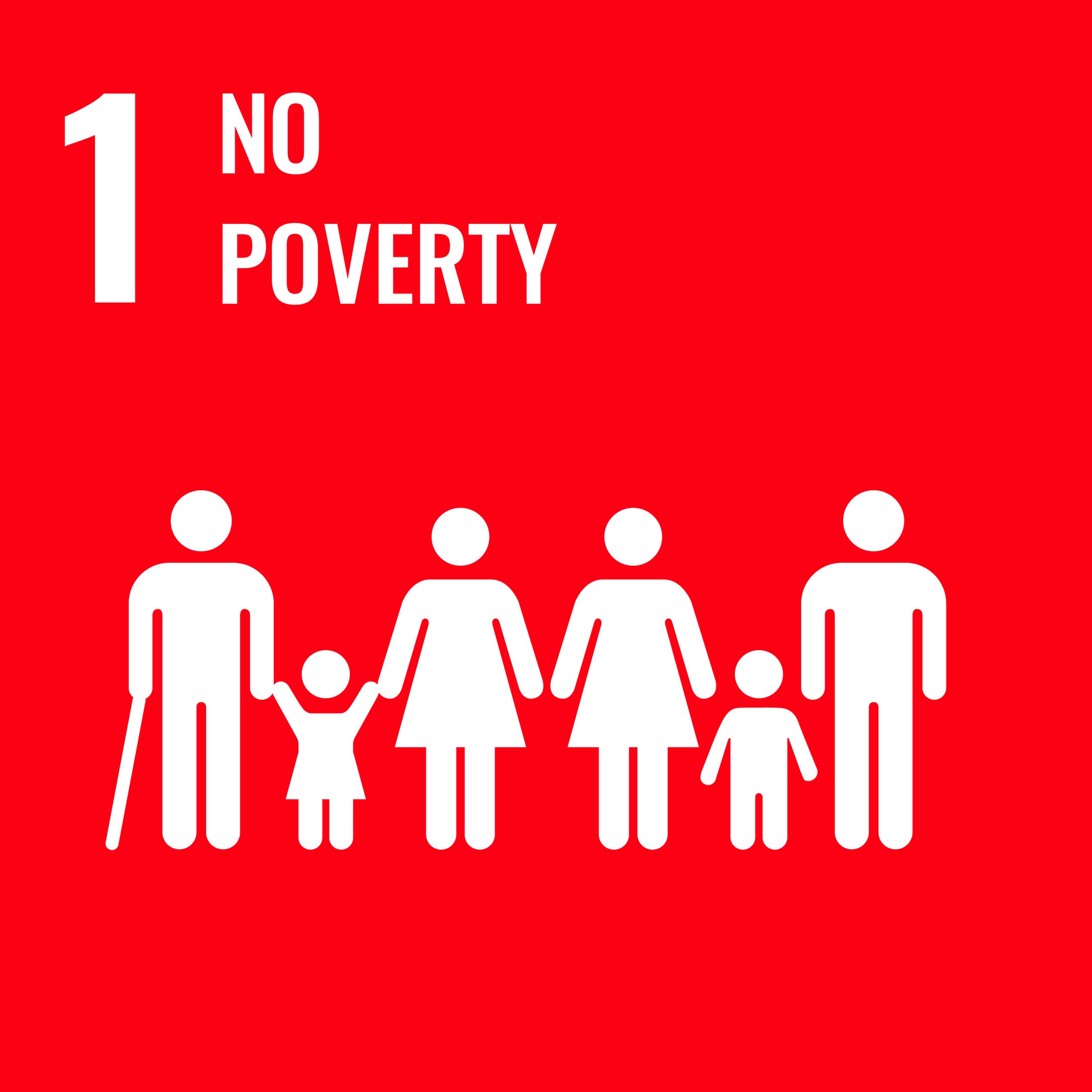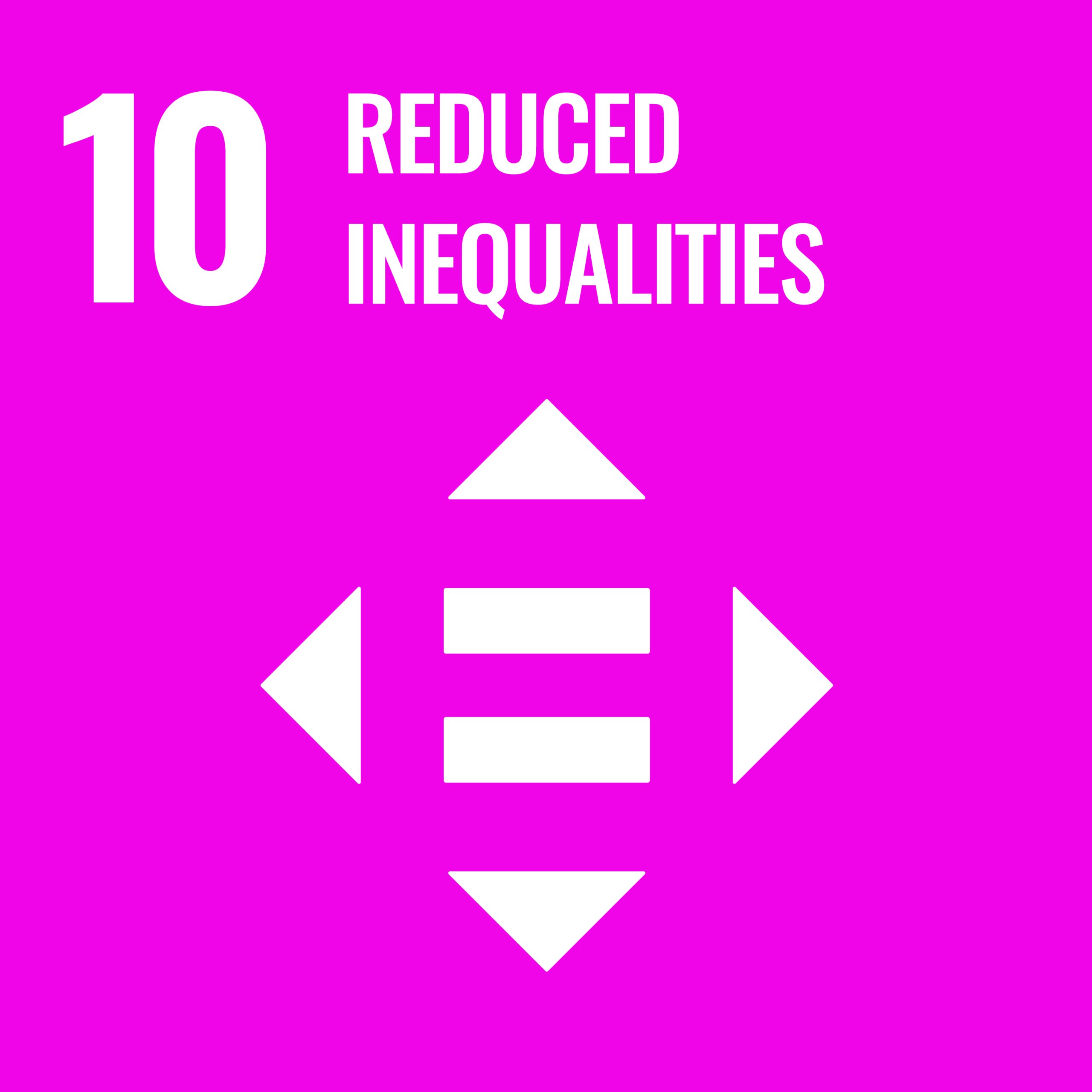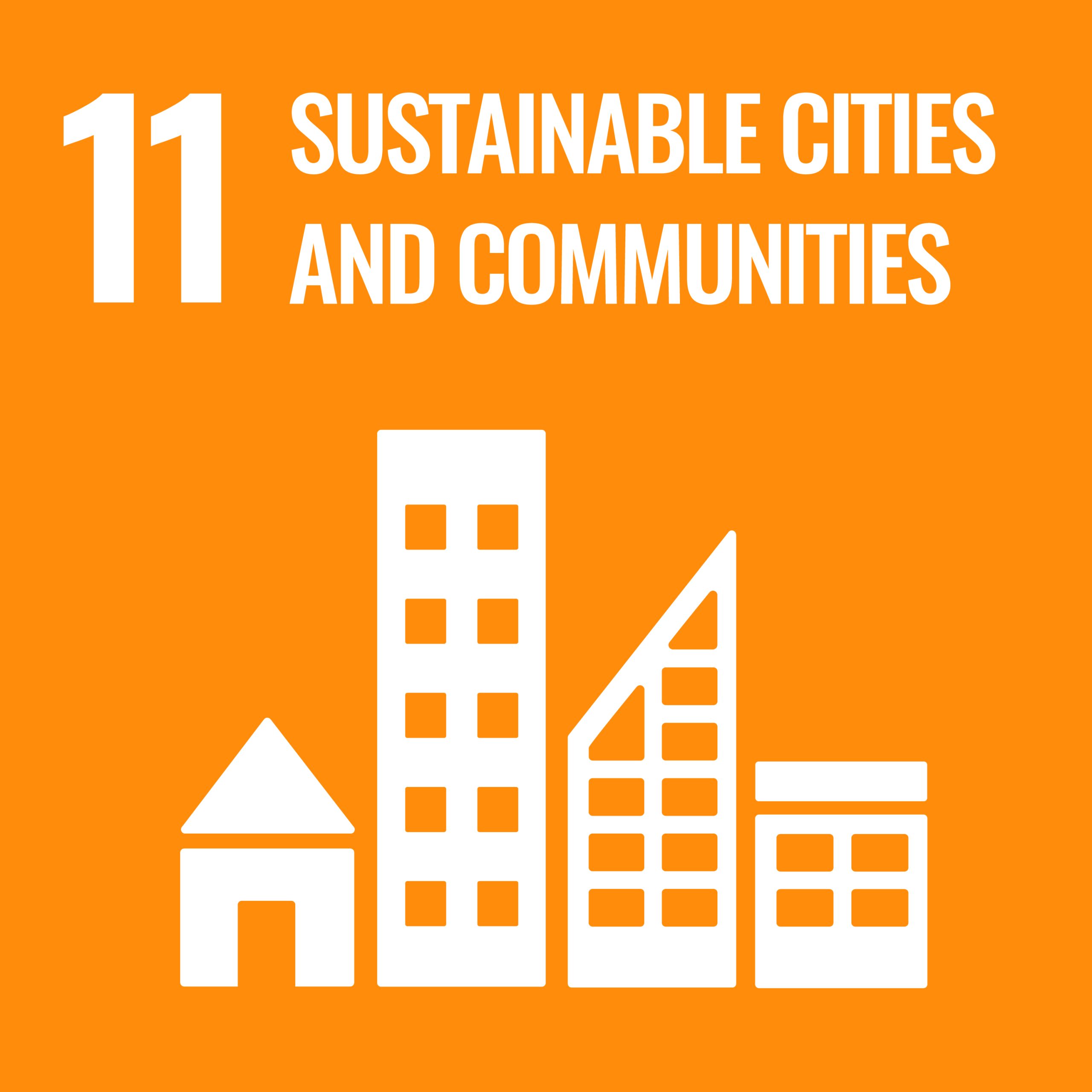

Affordability and security
- We supported 4,365 customers to sustain their tenancy
- 433 customers helped to access water discounts through our Tenancy Sustainment Team
We always consider our customers when talking about how we set our rent levels, this is recognising the balance between having an income that meets our service, maintenance and investment needs and considering the question of affordability for our customers. We continue to have one of the lowest rents in the region and will be reviewing our rent levels as part of our response to current government proposals to allow for the reintroduction of rent convergence. We also take into consideration the costs associated with running the home.
The data below demonstrates our affordability and provision of tenures in the following ways:
- Rent compared to median private rental sector (PRS) rent across the local authority
- Rent compared to Local Housing Allowance (LHA)
- Regional comparator with other registered providers (RP)
- Existing and new provision by tenure type.
The table also shows our year-on-year comparator, demonstrating that the private rented sector has seen a higher proportional increase in the rent received while we have seen a reduction in the percentage of our rent compared to LHA. This all confirms the continued affordability of our homes;
| Local Authority | Year | No. of homes believe housing has | Overall average believe housing weekly rent | % of LHA rent | % of PRS rent (ONS, n.d.) |
|---|---|---|---|---|---|
| Durham | 2023/24 | 17,993 | £81.32 | 91% | 76% |
| 2024/25 | 18,100 | £88.55 | 86% | 72% | |
| Darlington | 2023/24 | 6 | £124.62 | 122% | 98% |
| 2024/25 | 12 | £136.34 | 121% | 92% | |
| Sunderland | 2023/24 | 74 | £118.76 | 112% | 88% |
| 2024/25 | 88 | £128.49 | 111% | 85% | |
| Stockton | 2023/24 | 51 | £142.98 | 119% | 90% |
| 2024/25 | 80 | £147.55 | 117% | 85% | |
| Hartlepool | 2023/24 | 31 | £130.48 | 113% | 103% |
| 2024/25 | 37 | £138.70 | 110% | 101% |
* Figures based on all tenure types excluding shared ownership
Demand for our homes remains high, particularly in certain geographical locations. There are multiple factors that continue to drive costs up in maintaining and investing in our homes to meet customer needs and regulatory standards.
We are currently assessing government proposals on a Minimum Energy Efficiency Standard (MEES) and changes to Decent Homes standards to determine any additional investment needs and associated costs. We have continued to invest in new homes as well as improving our existing homes with technology and measures designed to make homes warm and affordable, utilising Government Grants to supplement our own capacity. New homes continue to form part of our strategic objectives in our corporate plan to ‘grow the number of homes’.
In considering our new homes delivery, we continue to review our tenure types to meet demand, access investment and funding and to make sure the development programme continues to be sustainable in delivering the new homes needed for the future.
The tables below show the breakdown of our homes both existing and new:
Existing homes
| Existing homes (homes completed before the last financial year) | General needs (social rent) | Intermediate rent | Affordable rent | Supported housing | Housing for older people | Low-cost home ownership | Care homes | Private rented sector |
|---|---|---|---|---|---|---|---|---|
| 2021/22 | 17,556 | 232 | 289 | - | - | 3 | - | - |
| 97.10% | 1.28% | 1.60% | - | - | 0.02% | - | - | |
| 2022/23 | 17,348 | 244 | 349 | - | - | 3 | - | - |
| 96.68% | 1.36% | 1.94% | - | - | 0.02% | - | - | |
| 2023/24 | 17,265 | 281 | 407 | - | - | 10 | - | - |
| 96.11% | 1.56% | 2.27% | - | - | 0.06% | - | - | |
| 2024/25 | 17,221 | 394 | 495 | - | - | 16 | - | - |
| 95.01% | 2.17% | 2.73% | - | - | 0.09% | - | - |
New homes
| New homes (homes completed during the last financial year) | General needs (social rent) | Intermediate rent | Affordable rent | Supported housing | Housing for older people | Low-cost home ownership | Care homes | Private rented sector |
|---|---|---|---|---|---|---|---|---|
| 2021/22 | - | 12 | 60 | - | - | - | - | - |
| - | 16.67% | 83.33% | - | - | - | - | - | |
| 2022/23 | - | 35 | 58 | - | - | 7 | - | - |
| - | 35.00% | 58.00% | - | - | 7.00% | - | - | |
| 2023/24 | - | 113 | 89 | - | - | 6 | - | - |
| - | 54.33% | 42.79% | - | - | 2.88% | - | - | |
| 2024/25 | - | 63 | 144 | - | - | 1 | - | - |
| - | 30.29% | 69.23% | - | - | 0.48% | - | - |
The table below shows how our average social rents compared to our regional competitors in the last financial reported year 2023/24[1]:
[1] Registered provider social housing stock and rents in England 2023 to 2024 – GOV.UK
| Believe | Livin | Karbon | Bernicia | Gentoo | Thirteen | North Star | Beyond | |
|---|---|---|---|---|---|---|---|---|
| Non-self-contained | £0.00 | £0.00 | £88.34 | £0.00 | £0.00 | £84.47 | £0.00 | £0.00 |
| Bedsit | £62.27 | £69.58 | £73.18 | £71.86 | £0.00 | £72.56 | £75.25 | £74.25 |
| 1 Bedroom | £71.12 | £77.35 | £78.44 | £77.75 | £79.09 | £83.70 | £82.84 | £86.76 |
| 2 Bedroom | £79.46 | £86.86 | £87.16 | £85.75 | £89.23 | £94.68 | £96.06 | £97.84 |
| 3 Bedroom | £86.75 | £93.63 | £95.53 | £94.68 | £98.17 | £103.28 | £105.68 | £107.10 |
| 4 Bedroom | £93.13 | £100.85 | £110.05 | £106.40 | £107.45 | £112.45 | £118.84 | £117.09 |
| 5 Bedroom | £98.08 | £107.98 | £122.34 | £103.15 | £114.95 | £122.72 | £125.62 | £126.89 |
| 6+ Bedroom | £132.69 | £0.00 | £141.90 | £0.00 | £135.86 | £135.23 | £131.07 | £132.62 |
| Average | £79.64 | £87.52 | £87.86 | £88.14 | £90.57 | £95.89 | £97.12 | £98.62 |
Fuel poverty
- £20,480 heat and eat vouchers issued
The fuel poverty agenda forms one of the key policy commitments of the current government, reviewing the 2021 Fuel Poverty Strategy this year in recognition of the impact recent economic and social events have had on those experiencing fuel poverty. In consultation documents published earlier this year, it is estimated 3.17 million households in England are experiencing fuel poverty and that these households are among the most vulnerable in society.[2]
The same consultation recognises the impact fuel poverty has on health, estimating that the cost to the NHS is £1.4billion a year. The government has used the findings of this consultation to develop the MEES proposals for social housing, this alongside the review of the EPC metric, is designed to lift households out of poverty by directing investment into making homes safe and warm.
Our programme of work to improve our homes includes energy efficiency measures, smart technology and improvements to the fabric of the building. We also work alongside Durham County Council to identify households experiencing fuel poverty and financial difficulties, working with customers to find ways of maximising income and accessing grants and advice.
[2] Fuel Poverty Strategy for England – consultation document





Resident support
- £744,402 welfare benefit gains for customers
- 720 customers received support and reduced their rent arrears
- We helped our customers manage £306,678 of debt
- 83% of our customers referred engaged with our Tenancy Sustainment Team
- 144 safeguarding adult referrals made
- 98 safeguarding children referrals made
- 215 domestic abuse referrals made
- 86 multi-agency safeguarding hub (MASH) enquiries
- 62% of calls resolved at first point of contact
- 131 customers helped into work
We operate a triaged approach to tenancy management; customers are first assessed when applying for one of our homes. If a customer is identified as needing support, we work with them before they are given their tenancy to ensure they are equipped with the essential skills to manage the day to day running of their home and have the support in place to successfully maintain their tenancy. This approach allows us to focus our resources on the customers who really need us, providing tailored support that suits the needs of each customer.
Our support is also offered to customers experiencing difficulties after taking on their tenancy, with a focus on keeping customers in their homes. This support can include help with paying the rent, accessing grants and charitable organisations, maximising benefit and referring customers on for support to gain better paid sustainable employment.
Every year we take part in national Money Talks Week, working with colleagues across the business to visit our customers out in the community and provide advice and support. This is part of the campaign to raise awareness of support and help available to those who are struggling financially. It also supports work we do with ‘stop the loan sharks’, which focuses on supporting victims of loan sharks.
Our Employability, Income Recovery, Lettings and Neighbourhoods teams worked with 4,365 customers to help maintain low levels of customers terminating their tenancy (2.78%) as well as obtaining in financial gains. This also gave us a social value return of £3.4m where we have reduced arrears for our customers.
Our Employability Team supports our customers to enter the job market and access better paid sustainable employment. In the last financial year, we supported 131 people into sustainable employment.
We provide grants into communities to assist with a wide range of initiatives and issues We have invested in these customers by providing the training and development necessary to assess and award funding against objectives. This panel has awarded grants that have contributed to delivering £9,600 in social value for our customers.
We focused our investment on key areas that create the biggest impact, including:
- Health and wellbeing
- Employability and training
- Increasing household income
- A greener, fairer future
- Tackling inequalities resulting from the cost-of-living crisis.




Resident voice
- 69.3% of our customers believe we listen and act on their views (Tenant Satisfaction Measure)
- 75.9% of our customers believe we keep them informed about things that matter to them (Tenant Satisfaction Measure)
- 83.1% of our customers feel we treat them fairly and with respect (Tenant Satisfaction Measure)
- 33.6% of customers reported being satisfied with how we handled their complaint (Tenant Satisfaction Measure)
- 87% of our customers were satisfied with our repairs service (post-interaction feedback)
- 73.6% of our customers were satisfied with the time taken to complete their most recent repair (perception)
- 63.0% of our customers were satisfied with our approach to antisocial behaviour (Tenant Satisfaction Measure)
- 19 people supported to become regular volunteers
Following consultation our Customer Voices group has recently undergone some changes to focus solely on scrutiny. The intention of the change was to strengthen the scrutiny function and allow Customer Voices additional time to undertake more, or more in-depth, scrutiny reviews. This will ensure that we are hearing the voice of the customer at Board level and support the organisation to drive improvements and transparency.
During the year, our Engagement Team held 14 focus groups/face-to-face sessions with customers to gather their feedback, one community event and had responses from 4,886 customers to our surveys. We continue to consider how we reach as many of our customers as possible to further enhance the customer voice into our decision-making process. We will continue to use this insight to influence how we deliver for our customers and continue to improve.


As part of continuing to develop customer voice at the heart of service delivery, we now have a customer strategy, and we are starting work on our vision for customer experience.
We continue to use our Tenant Satisfaction Measures (TSM) and the insight from customer feedback to inform this work, and further work on how new technology can support us will continue in the next few years.
Our TSMs were carried quarterly for the first time, and we received 1,748 responses out of 17,237 residents. We carry out regular work to benchmark sector trends and compare our scores with other providers. Our scores are provided in the table below:
| Overall satisfaction | 2020/21 | 2021/22 | 2022/23 | 2023/24 | 2024/25 |
| 86.8% | 80.0% | 78.5% | 81.4% | 78.1% |
We adapted our collection methodology in 2024/25, choosing to carry out 20% of our surveys online. This was to give our customers alternative ways to give us feedback. This also allowed us to reflect on the insight online feedback gives us in comparison to telephone. Despite a small drop in overall satisfaction, we continued to outperform the median of 72.5% according to Housemark.
We have reviewed our engagement approach and, for the last six months, have been conducting our transactional surveys fully online. This allows us to maximise our resources to concentrate on meaningful engagement. It also allows us to shift to a data and insight-driven service that can provide valuable feedback to shape service delivery. An example of this is a piece of work aimed at better understanding who our customers are and what they want, utilising data from our customers and external data from sources such as the Office for National Statistics.
We also involve our customers in developing key customer facing policies, our Major Works team worked with customers to review a new draft policy covering major works to their homes. As a result of this work, our customers provided us with 22 recommendations which shaped and informed this policy. Our customers also helped us to define what constitutes ‘unreasonable customer behaviour’, working together we were able to develop a policy that keep our staff safe and protects their wellbeing, as well as balancing this with our customer’s views.
Our passion for learning from complaints continues. In the past year we have introduced a new approach to making sure we fully embed learnings. We also introduced additional learning content for colleagues to ensure they understand the complaints process. This has included links to our behaviours to ensure everyone understands what is expected of them when dealing with a complaint.
In the past year we had five determinations by the Housing Ombudsman. We carry out detailed analysis of each determination to identify key learnings. We also carry out trend analysis to better understand where improvements can be made. Our performance in responding to complaints continues to improve and by the end of 2024/25 we responded to 98.94% Stage 1 and Stage 2 complaints within the Housing Ombudsman’s timescales.

Placemaking
- 71.1% of our customers believe we make a positive contribution to their neighbourhood (Tenant Satisfaction Measure)
- 92.6% of our new build customers are likely to recommend us to a friend
- We delivered 208 new homes in 2024/25
We continue to deliver much-needed new homes in our rural communities. We are always mindful that a sense of belonging to a place is vitally important to these communities and want to provide the opportunity for people to live in the communities in which they grew up. With that in mind we are committed to bringing new homes to rural communities such as Wolsingham and Crook, offering a mix of affordable and shared ownership that reflects the needs of the communities who live there.
“There is an urgent need for affordable homes, including in rural areas. With these two schemes, alongside others we’ve delivered or have in the pipeline, we’re ensuring more people can access the homes they need. This not only supports the local economy during construction but also once the homes are occupied.” Kate Abson – Director of Development and Assets.
Our approach to development is to meet growing demand in areas that need it most, alongside our rural development programme. We also have programmes to meet demand in more urban areas such as our development scheme in Bent House Lane on the outskirts of Durham City. This scheme will provide a much-needed 70 homes. In addition to houses it also includes bungalows as we have identified these as we continue to see a rise in the number of people accessing our housing that need single level living.
Read more